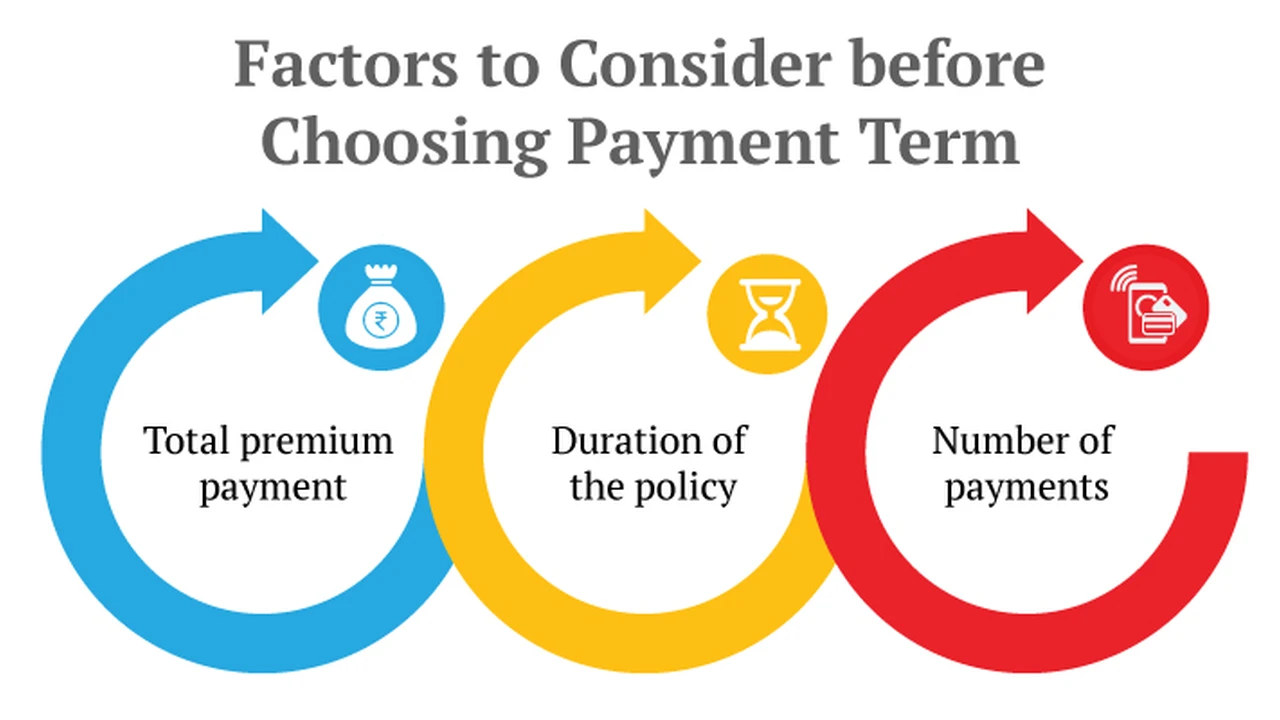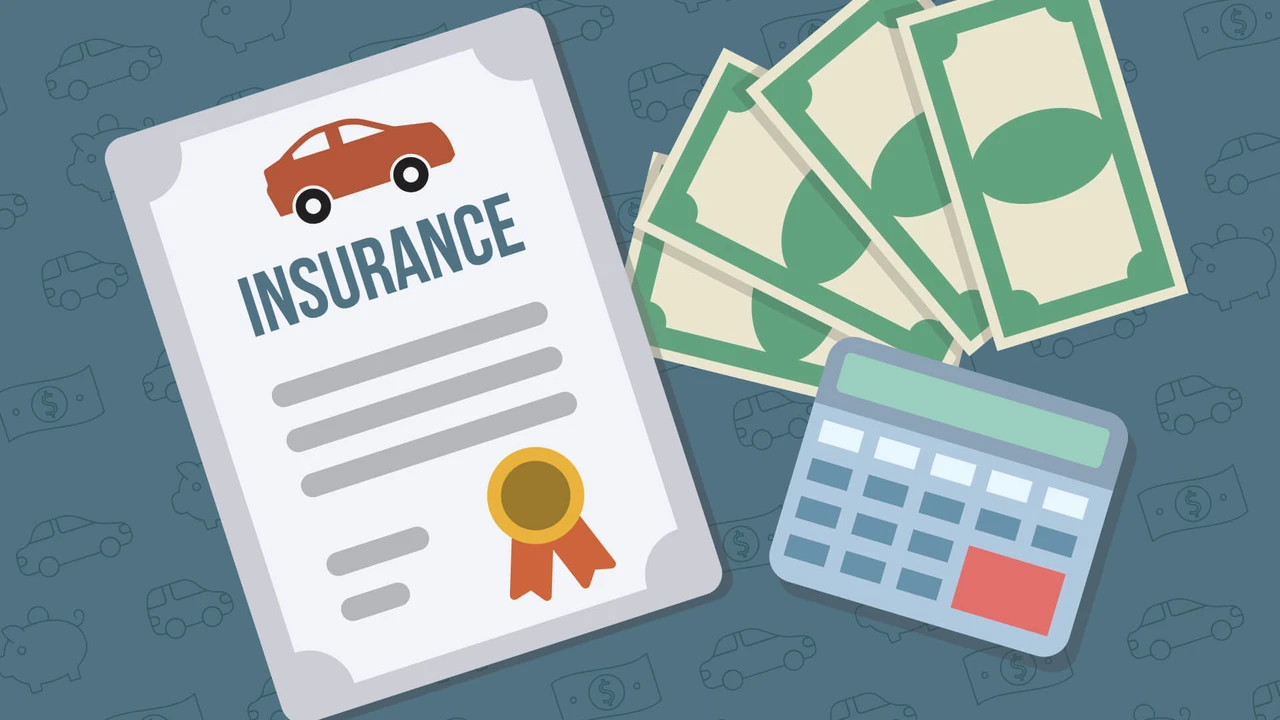Paying Your Premium Annually: Potential Savings

Understanding Car Insurance Premiums and Payment Options
Okay, let's talk car insurance. We all know it's a necessary evil, right? But have you ever really thought about *how* you're paying for it? Most people just set up a monthly payment plan and forget about it. But what if I told you there's a way to potentially save a decent chunk of change just by changing your payment schedule? We're talking about paying your car insurance premium annually instead of monthly. Sounds simple, right? Well, let's dive into the nitty-gritty and see if it's the right move for you. We'll cover the basics of premiums, different payment options, and how those options affect your wallet.
The Hidden Costs of Monthly Car Insurance Payments
So, why does paying monthly sometimes cost you more in the long run? It all boils down to a couple of factors, mainly interest and administrative fees. Insurance companies, like any other business, often charge extra for the convenience of spreading out your payments. Think of it like taking out a small loan – they're essentially lending you the money for the year and charging you a fee for it. These fees might seem small on a monthly basis, like a few extra bucks, but they add up over the course of a year. And sometimes, these fees are hidden, buried deep within the fine print. That's why it's crucial to really read your policy and understand what you're paying for. Plus, paying monthly can sometimes lead to missed payments, which can result in late fees or even a cancellation of your policy. Nobody wants that!
Annual Car Insurance Premiums Unlocking Potential Savings
Now, let's flip the script and talk about the benefits of paying your car insurance premium annually. The biggest advantage? You often get a discount! Insurance companies like it when you pay upfront because it reduces their administrative burden and guarantees they'll receive the full premium. They're essentially rewarding you for taking on the risk of paying a large sum upfront. This discount can range from a few percentage points to a significant chunk of your premium, depending on the insurer. Think of it as a bulk discount – the more you buy (or in this case, pay), the more you save. And hey, who doesn't love saving money? Plus, you only have to deal with the hassle of renewing your policy once a year, which is a major time-saver.
Budgeting for Annual Car Insurance Payments Practical Tips
Okay, so paying annually sounds great, but how do you actually make it happen? Let's be real, dropping a large sum of money on car insurance can be daunting, especially if you're used to smaller monthly payments. The key is planning and budgeting. First, figure out how much your annual premium actually is. Call your insurance company or check your policy documents. Then, divide that amount by 12 to get an idea of how much you need to save each month. Set up a separate savings account specifically for your car insurance. Automate your savings so that a fixed amount is transferred from your checking account to your savings account each month. Treat it like any other bill – it's a non-negotiable expense. You can also look for ways to cut back on other expenses to free up some cash. Maybe skip that daily latte or pack your lunch instead of eating out. Every little bit helps! Another tactic is to use a cash-back credit card for your everyday purchases and then use the rewards to offset the cost of your annual premium. Just make sure you pay off your credit card balance in full each month to avoid interest charges.
Comparing Car Insurance Companies Offering Annual Payment Discounts
Not all insurance companies are created equal, and some offer better discounts for annual payments than others. It's worth shopping around and comparing quotes from different insurers to see who offers the best deal. Some companies known for offering competitive rates and discounts include Geico, State Farm, Progressive, and Allstate. But don't just focus on the price – also consider the company's reputation, customer service, and coverage options. Read online reviews and check with the Better Business Bureau to get a sense of the company's reliability. You can use online comparison tools to get quotes from multiple insurers at once, saving you time and effort. Just be sure to provide accurate information to get the most accurate quotes. And remember, the cheapest option isn't always the best option. Sometimes it's worth paying a little extra for better coverage and customer service.
Specific Car Insurance Products and Their Annual Payment Options
Let's get into some specific products and how they handle annual payments. We'll look at a few different scenarios and see how the savings stack up. For example, let's say you're looking at a basic liability policy with Geico. Their annual premium might be around $800 if paid upfront, but if you opt for monthly payments, it could end up costing you closer to $850 due to fees and interest. That's a $50 savings right there! Now, let's say you're looking at a more comprehensive policy with State Farm, including collision and comprehensive coverage. The annual premium might be $1200, but the monthly payments could add up to $1300 or more. In this case, you're saving even more by paying annually. It's important to get personalized quotes from different insurers based on your specific needs and driving history. Factors like your age, driving record, and the type of car you drive will all affect your premium. Don't be afraid to negotiate with your insurance agent to see if they can offer you any additional discounts. Sometimes, they're willing to work with you to find a price that fits your budget.
Real-World Scenarios Where Annual Payment is the Best Choice
So, when is paying annually the absolute best choice? Well, if you have the cash on hand and you're disciplined about budgeting, it's almost always a good idea. It's particularly beneficial if you have a clean driving record and qualify for a low premium. The savings will be even more significant. It's also a smart move if you're self-employed or have fluctuating income. Paying annually gives you peace of mind knowing that your car insurance is taken care of for the year, regardless of your monthly income. Plus, it simplifies your finances and reduces the number of bills you have to worry about each month. However, if you're struggling to make ends meet or you have a lot of debt, paying monthly might be a better option, even if it costs you a little more in the long run. It's all about finding a payment plan that works for your individual circumstances.
Potential Drawbacks and Considerations Before Paying Annually
Okay, let's be realistic. Paying annually isn't always sunshine and rainbows. There are a few potential drawbacks to consider. The biggest one is the upfront cost. It can be a significant financial burden, especially if you're not prepared for it. You also lose the flexibility of being able to cancel your policy mid-term and get a refund if you decide to switch insurers or sell your car. Some policies do offer prorated refunds, but not all of them. Another thing to consider is your investment strategy. If you're a savvy investor, you might be able to earn more money by investing the money that you would have used to pay your annual premium. In that case, paying monthly might actually be the more financially sound decision. It's all about weighing the pros and cons and determining what makes the most sense for your financial situation.
Alternatives to Annual Payments Exploring Other Savings Options
What if you can't afford to pay annually, but you still want to save money on your car insurance? Don't worry, there are other options! One is to increase your deductible. The higher your deductible, the lower your premium will be. Just make sure you can afford to pay the deductible if you ever have an accident. Another option is to bundle your car insurance with other insurance policies, such as your home insurance. Many insurers offer discounts for bundling. You can also look for discounts based on your occupation, affiliations, or driving habits. For example, some insurers offer discounts to teachers, military personnel, or drivers who take defensive driving courses. It's also worth reviewing your coverage options to make sure you're not paying for coverage that you don't need. For example, if you have an older car, you might not need collision or comprehensive coverage. And finally, don't be afraid to shop around and compare quotes from different insurers regularly. Insurance rates change all the time, so it's worth checking to see if you can find a better deal elsewhere.
Specific Product Recommendations and Comparisons
Let's dive into some specific product recommendations and compare them. We'll focus on dashcams and safe driving apps, as these can potentially lower your premiums and improve your driving habits.
Dashcams: The Eye Witness Advantage
A dashcam records video while you drive, providing evidence in case of an accident. Some insurance companies offer discounts for using dashcams, as they can help determine fault and prevent fraud.
Product Recommendation 1: Garmin Dash Cam 67W
Features: 1440p resolution, wide 180-degree field of view, GPS, voice control, automatic incident detection, parking surveillance. Usage: Mount it on your windshield and it automatically starts recording when you start your car. Use voice control to save videos or take snapshots. Pros: Excellent video quality, easy to use, reliable. Cons: Relatively expensive (around $250). Price: Approximately $250.
Product Recommendation 2: Vantrue N4
Features: Three-channel recording (front, interior, rear), 1440p front camera, infrared night vision for interior camera, parking mode. Usage: Records everything happening inside and outside your car. Useful for rideshare drivers or those concerned about theft. Pros: Comprehensive coverage, excellent night vision. Cons: More complex setup, higher price (around $300). Price: Approximately $300.
Comparison: Garmin 67W vs. Vantrue N4
The Garmin 67W is a simpler, more user-friendly option for general use. The Vantrue N4 offers more comprehensive coverage, making it ideal for professional drivers or those who want maximum security.
Safe Driving Apps: Your Digital Co-Pilot
These apps track your driving behavior and provide feedback on things like speeding, hard braking, and distracted driving. Some insurance companies offer discounts for using these apps and demonstrating safe driving habits.
Product Recommendation 1: State Farm Drive Safe & Save
Features: Tracks speeding, hard braking, rapid acceleration, and distracted driving. Provides personalized feedback and tips for improving your driving. Usage: Simply download the app and let it run in the background while you drive. Pros: Potential for significant discounts (up to 30%), easy to use. Cons: Requires sharing your driving data with State Farm, potential for increased premiums if your driving is poor. Price: Free (with State Farm insurance).
Product Recommendation 2: Allstate Drivewise
Features: Similar to State Farm Drive Safe & Save, tracks driving behavior and provides feedback. Usage: Same as State Farm Drive Safe & Save. Pros: Potential for discounts, even if you're not an Allstate customer, easy to use. Cons: Requires sharing your driving data with Allstate, potential for increased premiums if your driving is poor. Price: Free (with Allstate insurance).
Comparison: State Farm Drive Safe & Save vs. Allstate Drivewise
Both apps offer similar features and benefits. The best choice depends on whether you're already a customer of State Farm or Allstate. If not, Allstate Drivewise might be a better option, as it offers discounts even to non-customers.
Final Thoughts
So, there you have it. Paying your car insurance premium annually can be a great way to save money, but it's not always the right choice for everyone. Consider your financial situation, your budgeting habits, and your risk tolerance before making a decision. And don't forget to shop around and compare quotes from different insurers to find the best deal. Good luck, and happy driving!
:max_bytes(150000):strip_icc()/277019-baked-pork-chops-with-cream-of-mushroom-soup-DDMFS-beauty-4x3-BG-7505-5762b731cf30447d9cbbbbbf387beafa.jpg)






